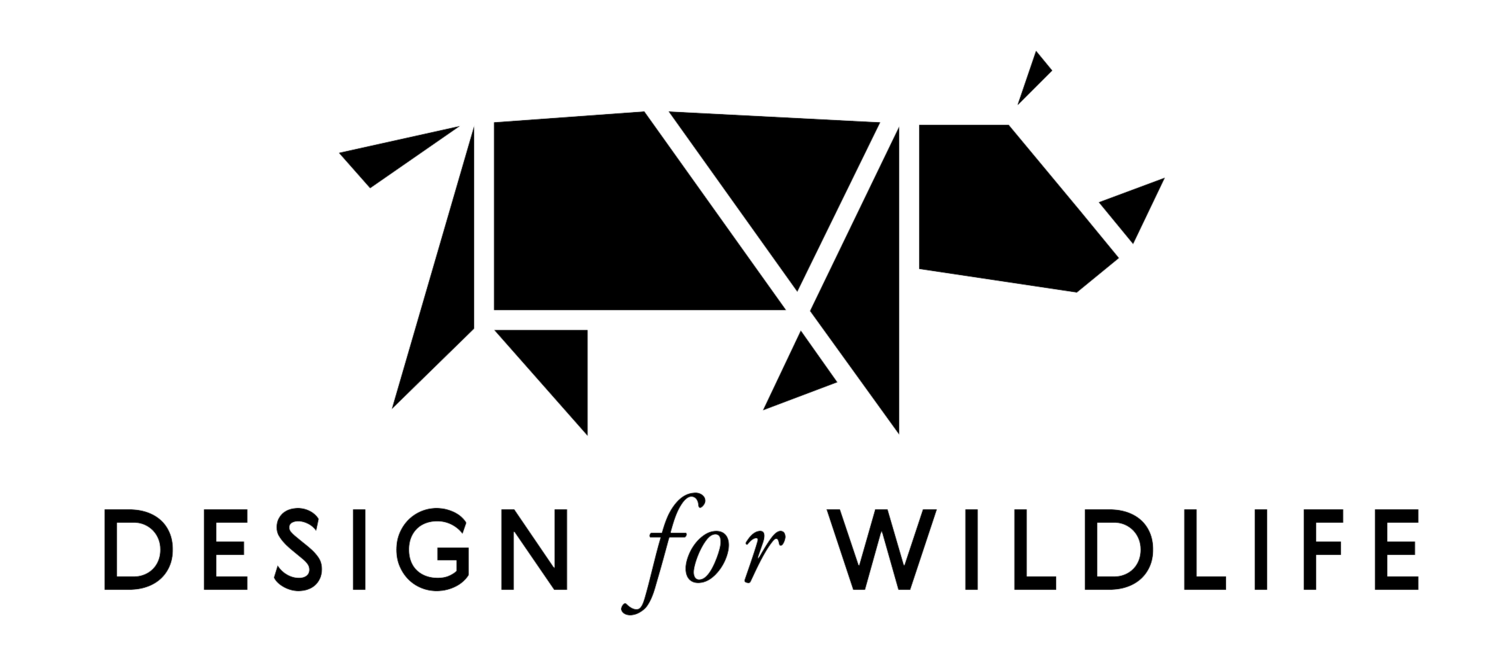The International Rescue Committee
I joined the IRC's Innovation Center, Airbel, shortly after its inception as a full-time Design and Innovation Lead. The Airbel Center's mission is "to design and test life-changing, scalable solutions for people affected by crisis. By bringing together field staff, designers, strategists, researchers and technical experts, we aim to uncover and nurture ideas that make a big impact on people's safety, health, education, income and power."
The following are a few highlights from my work with the IRC.
REFUGEE RESETTLEMENT IN THE US
With recent attempts to ban refugees from coming into the US, refugee resettlement is under profound threat. At this crucial moment more than ever, we need to find new innovative, scalable and cost effective approaches to support incoming refugees so we can offer them the best support they can get through an extremely difficult transition in their lives.
Our team focused on three streams of innovation that spanned from uncovering new financial instruments for resettlement, new approaches to private sponsorship and new and improved mechanisms and modes of service delivery for refugees in the US.
This project was made in collaboration with the IRC's United States Programs Department
INNOVATION STRATEGY
During my time with Airbel, we were a young department experiencing rapid change on every level. I was involved in developing and implementing a number of crucial transitions throughout that time, including brand development, mission/vision development, team building, initial presentations of the department to the IRC as an organization and overall strategy to seamlessly bridge design with the humanitarian aid world.
IMMUNIZATION post-ebola
Challenge: How might we enable local community health volunteers (CHVs) to deliver timely immunizations to all children under 5 years old?
In the aftermath of the Ebola crisis the healthcare system in Liberia had taken a toll and was eager to implement changes that could strengthen its weakened system. We hypothesized that local CHVs could be equipped and trained to deliver vaccines in the most rural and remote regions of Liberia, but needed to test the theory before moving forward with implementation.
Our small team of two (an immunization technical advisor and myself) set out to rural Liberia to understand the real challenges of vaccine delivery and the role of CHVs in the communities. Interestingly, after performing several small scale prototypes we discovered that our hypothesis was wrong. It would not be a good idea to involve the CHVs as we had hoped, which saved the IRC thousands of dollars that may have been invested into implementing an idea that worked in theory, but would not have worked in practice. Furthermore, the process did open up several interesting opportunities to strengthen the vaccination process that we had not seen before.
Combining these new opportunities with an in-depth review of immunization approaches from around the world, we developed a set of guidelines and proposed approaches to guide Airbel's approach to immunization into the future, in Liberia and beyond.




